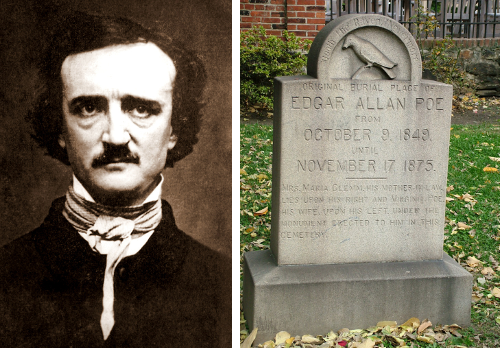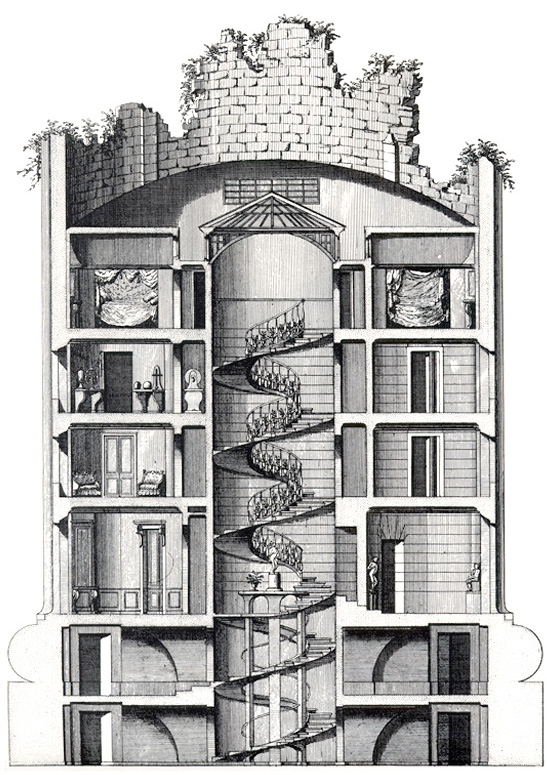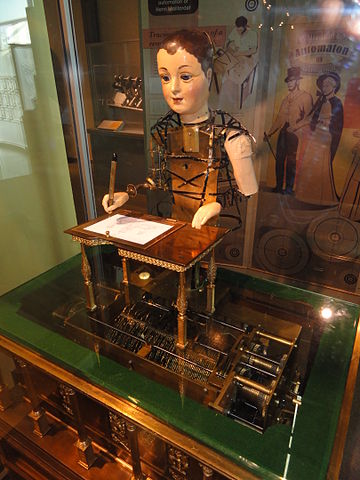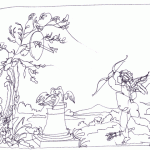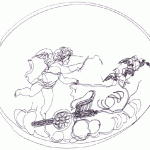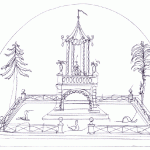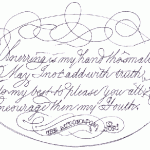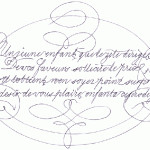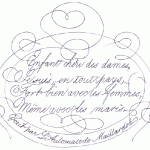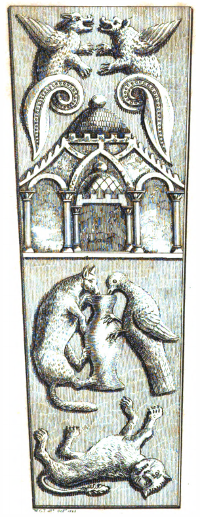In the 1970 Scientific American article “How Snakes Move,” Carl Gans points out an oddity in a Sherlock Holmes story:
In ‘The Adventure of the Speckled Band’ Sherlock Holmes solves a murder mystery by showing that the victim has been killed by a Russell’s viper that has climbed up a bell rope. What Holmes did not realize was that Russell’s viper is not a constrictor. The snake is therefore incapable of concertina movement and could not have climbed the rope. Either the snake reached its victim some other way or the case remains open.
This is indeed perplexing. If it’s not a fact that vipers can climb ropes, then how did Holmes solve the case? If vipers can climb ropes in Holmes’ world but not in ours, then how can we follow his reasoning in other matters? What other features of Holmes’ world differ from ours?
One way out: “The story never quite says that Holmes was right that the snake climbed the rope,” notes philosopher David Lewis. So perhaps the snake did reach its victim in some other way and Holmes was simply wrong.
(David Lewis, “Truth in Fiction,” American Philosophical Quarterly, January 1978.)

